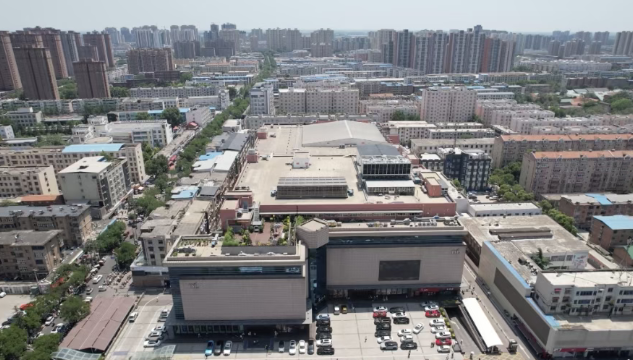Air pollution is one of the most pressing crises of our time, affecting both public health and economic stability. The World Bank has released a report Accelerating Access to Clean Air for a Livable Planet (2025) dedicated to addressing this issue. According to the report, poor air quality is responsible for 5.7 million premature deaths annually and costs the global economy nearly 5% of GDP. The good news? Solutions exist, and they are both feasible and economically viable. But what’s stopping us from taking action? The World Bank report highlights the crucial role of cities in tackling air pollution—urban areas are not just major contributors to pollution but also key players in driving change. From innovative policies to smart urban planning, cities have the tools to lead the fight for clean air for a sustainable future.
Key findings: the air pollution crisis
- A global health disaster
- A staggering 99% of the world’s population breathes air that exceeds WHO safety limits.
- The most vulnerable—low- and middle-income countries—suffer the most, with 95% of pollution-related deaths occurring in these regions.
- The main culprit? PM₂.₅ (fine particulate matter), a deadly pollutant linked to heart disease, respiratory issues, and cognitive decline.
- The economic burden of pollution
- In South Asia, air pollution drains 8.9% of GDP annually due to health impacts.
- Rising healthcare costs, reduced productivity, and lower agricultural yields put additional pressure on economies.
- Air pollution and social inequality
- The poorest populations are the most exposed—716 million people living on less than $1.90 per day face dangerously high pollution levels.
- Without urgent action, air pollution will continue to widen the inequality gap.
A roadmap to clean air: solutions for sustainable cities
The World Bank emphasizes the need for Integrated Policies—a strategy that links air quality management with climate and energy policies. If implemented effectively, this approach could halve global exposure to PM₂.₅ by 2040.
1. Strengthening governance and collaboration
- Countries like China and Mexico have shown that strong political commitment leads to real progress.
- Pollution doesn’t recognize borders—regional cooperation (e.g., Indo-Gangetic Plain) is crucial.
2. Leveraging technology and data for cleaner air
- Better monitoring: Many developing nations lack adequate air quality sensors. Low-cost sensors and satellite data can fill the gap.
- Public awareness: Access to real-time air quality data empowers communities to push for policy changes.
3. Investing in clean air for a sustainable future
- Private sector involvement: Green bonds, carbon credits, and blended finance can unlock much-needed funding.
- Phasing out harmful subsidies: In 2022, governments spent $7 trillion on fossil fuel subsidies—money that could be redirected to clean energy solutions. At New Polis, we have already written about renewable energy and its benefits for cities, highlighting how it can significantly contribute to cleaner urban environments.

Smart cities: leading the fight for clean air for a sustainable future
Urban areas are both major sources of pollution and key players in the fight for clean air for a sustainable future. The report showcases several cities that have successfully reduced pollution:
- Beijing’s afforestation initiative reduced PM₂.₅ by 4.2%, saving $88 million annually in healthcare costs.
- Mexico City’s transport reforms cut emissions by 90%, despite population growth.
- Seoul’s Urban Wind Forests improve ventilation and air quality, making cities more livable.
How can other cities follow suit? By embracing policies that promote public transportation, green infrastructure, and smart urban planning.
The choice is ours
The World Bank report is more than just a warning—it’s a call to action. We already have the knowledge and technology to tackle air pollution. The real question is: Will we act before it’s too late?
Investing in clean air for a sustainable future isn’t just about health—it’s about building resilient, thriving cities for future generations. The time to act is now.
Read the full report: World Bank – Accelerating Access to Clean Air for a Livable Planet


